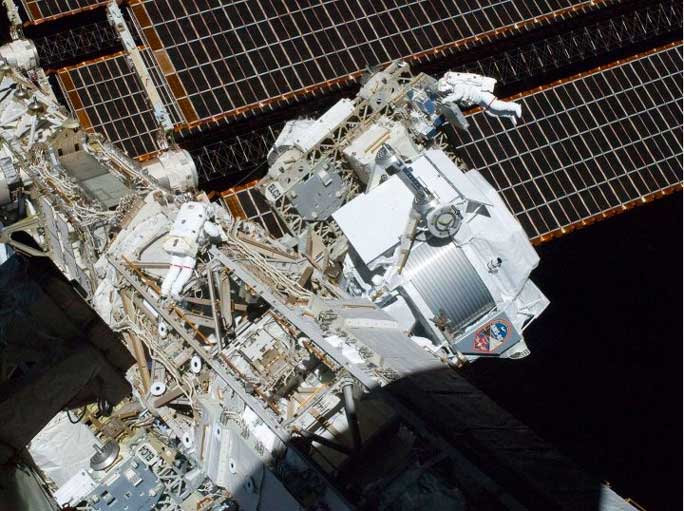The largest-ever experiment in space has reported the collection of some 18 billion “cosmic ray” events that may help unravel the Universe’s mysteries.
Run from a centre at Cern, the Alpha Magnetic Spectrometer (AMS) aims to spot dark matter and exotic antimatter.
At the heart of the seven-tonne, $2bn machine is a giant, specially designed magnet which bends the paths of extraordinarily high-energy charged particles called cosmic rays onto a series of detectors, giving hints of what the particles are.
A series of ever-larger particle accelerators built here on Earth aim to drive particles to ever-higher energies, smashing them into one another to simulate the same processes that create them elsewhere in the cosmos.
But no Earth-bound experiment can match nature’s power as a particle accelerator – and Earth’s atmosphere absorbs incoming cosmic rays – so the AMS will catch some of these high-energy particles “from the source”, as a kind of complement to the likes of the Large Hadron Collider.
Learn more: BBC – Alpha Magnetic Spectrometer claims huge cosmic ray haul
